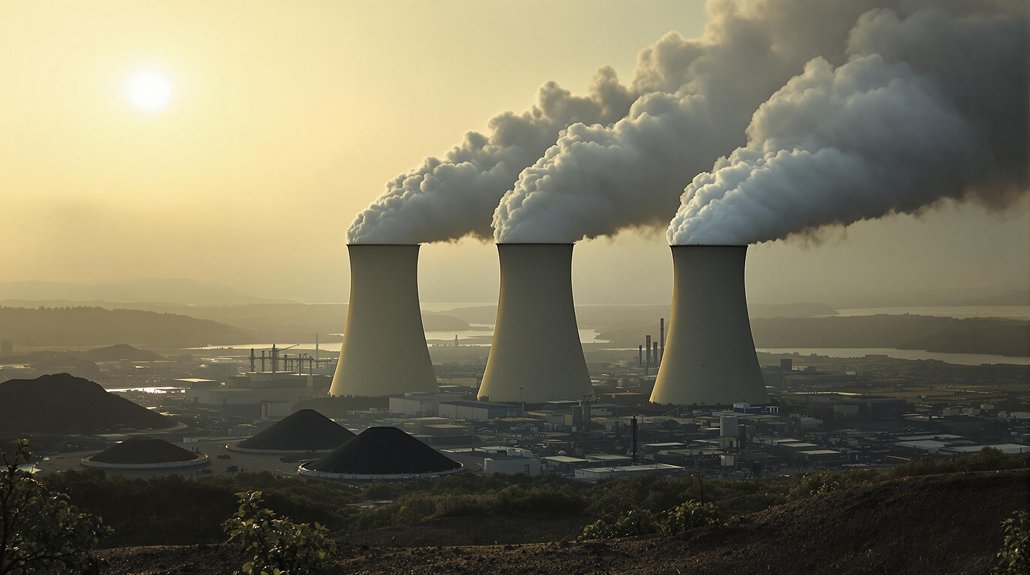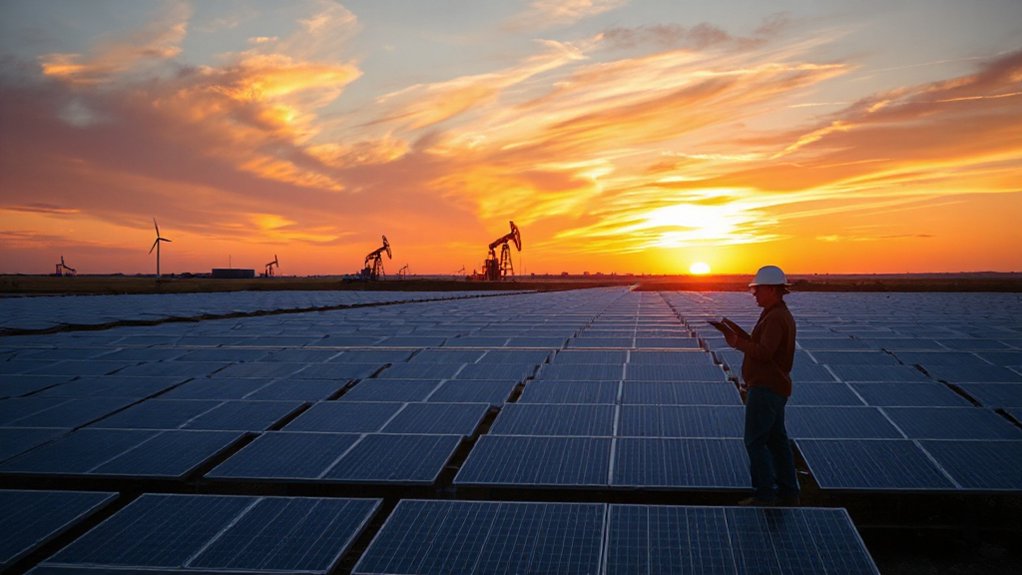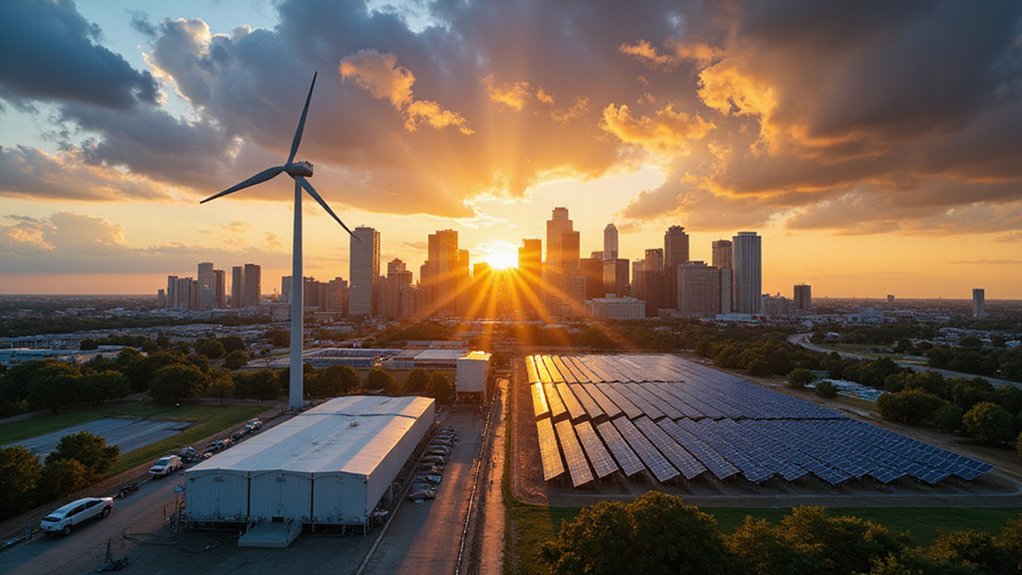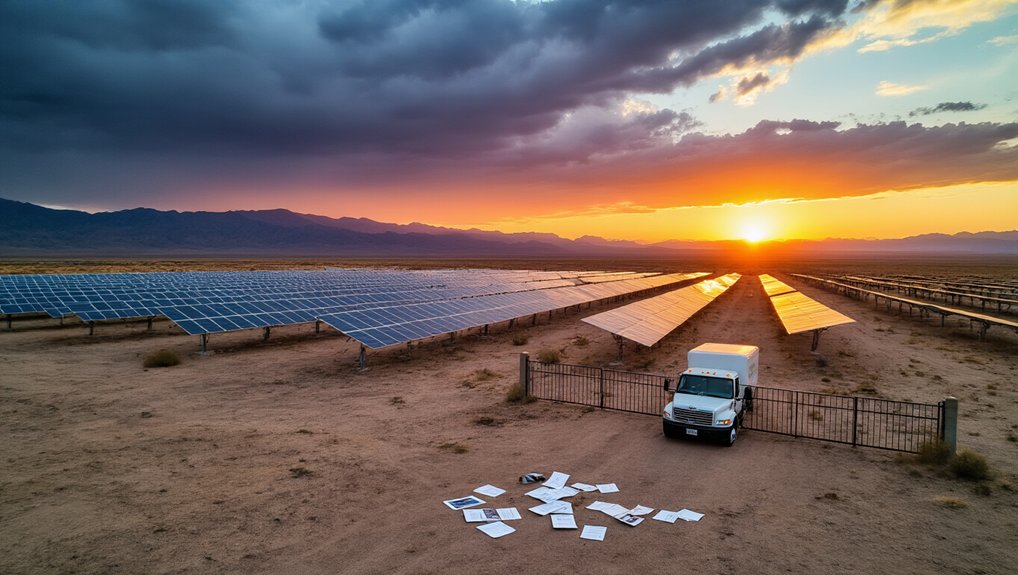Bitcoin mining is changing across the globe. Companies now turn to solar, wind, and water power instead of coal. This shift isn’t just good for the planet—it makes financial sense too. Clean energy costs less over time. Miners can use excess power that would otherwise go to waste. The industry’s carbon footprint is shrinking as these renewable options grow. What does this mean for crypto’s future in a world focused on sustainability?
While Bitcoin mining has long faced criticism for its energy consumption, a significant shift toward renewable energy sources is changing the industry’s environmental impact. Mining companies are increasingly turning to wind, solar, and hydroelectric power to run their operations. Several firms now use mostly carbon-neutral energy, with companies like Bit Digital leading the sustainability effort. Elon Musk’s high-profile reversal on accepting Bitcoin for Tesla payments sparked increased industry attention to sustainability concerns.
Bitcoin mining’s green revolution is transforming an energy-intensive industry through renewable power adoption.
The economic case for renewables in mining is growing stronger. In many regions, renewable energy costs less than fossil fuels. This price advantage is pushing miners to make the switch. Bitcoin mining also helps solve a key problem with renewable energy – what to do when there’s too much power. Miners can use excess energy that would otherwise go to waste. The integration of mining with renewable energy provides economic synergies that can drive further investment in clean energy infrastructure. As part of the broader clean energy shift, mining operations are contributing to the goal of achieving 60-80% renewables in electricity generation by 2035.
Mining operations powered by renewables produce fewer carbon emissions than traditional methods. They can act as flexible demand response loads, using more energy when it’s abundant and less when it’s scarce. This flexibility helps stabilize electricity prices and guarantees efficient energy use across the grid.
Despite progress, challenges remain in moving away from coal. Renewable sources like wind and solar don’t produce constant power. Hydroelectric plants may struggle during dry seasons. The upfront costs to build renewable infrastructure are high. Some regions still rely heavily on coal power, and there may be few financial incentives to change.
New technologies are helping overcome these barriers. Better energy storage allows miners to use intermittent renewable energy more reliably. Smart grid technologies improve energy distribution. Some operations now recycle heat from mining to reduce waste. Modular mining units powered by renewables are appearing in locations with untapped clean energy.
Government policies are also driving change. Carbon taxes make fossil fuel mining more expensive. Renewable energy subsidies make clean mining more affordable. Some regulations now recognize Bitcoin mining’s potential to stabilize power grids, further encouraging the industry’s green transformation.









